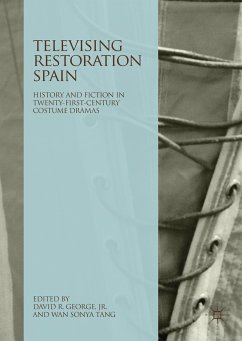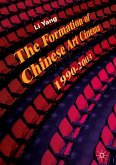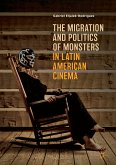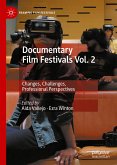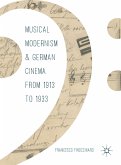This edited volume examines the historical, political, cultural, and aesthetic implications of re-visiting Restoration Spain (1874-1931) in television costume dramas produced since 2000. Contributors analyze, from different theoretical approaches and disciplinary perspectives, the appeal that the late nineteenth and early twentieth centuries hold for twenty-first-century Spanish audiences, as well as for international viewers who consume these programs through new media platforms. Themes and issues explored include: the production of televisual heritage, representations of period technologies, evolving constructions of gender, hybridization of television genres, and television as historian. Expanding the scope of inquiry in Spanish media studies, this collection seeks to bring Spain into wider discussions of media and historical representation and visual and material culture in Europe, the Americas, and beyond.
Dieser Download kann aus rechtlichen Gründen nur mit Rechnungsadresse in A, B, BG, CY, CZ, D, DK, EW, E, FIN, F, GR, HR, H, IRL, I, LT, L, LR, M, NL, PL, P, R, S, SLO, SK ausgeliefert werden.

